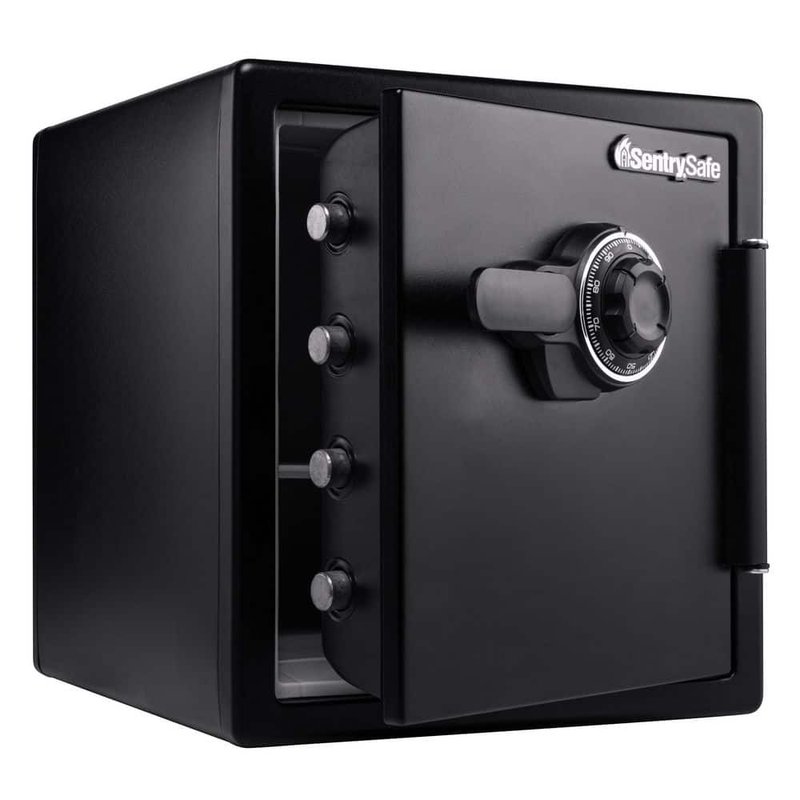
Before you panic or think you might need a new dryer, it’s important to understand that error codes are just messages about how your appliance is feeling. Just like how a car’s check engine light tells you something’s up, the F2 error code helps you pinpoint where the hitch in your drying routine might be. The key is to decode it and figure out whether it’s safe to keep using your dryer.
Understanding the F2 Error Code
Let’s dive a little deeper into what this mysterious F2 code means. Generally, the F2 error code on LG dryers is associated with temperature sensor issues. Think of it like the dryer’s internal thermometer acting a bit wonky. This sensor is crucial because it helps the dryer regulate how hot it gets, making sure your clothes are dried but not overcooked.
Why is this important? Well, if the sensor isn’t working properly, the dryer might not get hot enough to dry your clothes thoroughly, or it might get too hot, which could potentially damage your clothes or, in the worst case, become a fire hazard. Imagine trying to bake a cake without knowing the oven’s actual temperature; you’d probably end up with something crispy or undercooked. The same principle applies here.
Now, should you be worried? In terms of immediate danger, an F2 error doesn’t mean you need to unplug your dryer right away, but it does require attention. Continued use with a faulty sensor can lead to wear and tear not just on your clothes, but also on the dryer itself. So, it’s best to address the issue sooner rather than later to prevent more significant problems.
What Causes the F2 Error Code?
You might be wondering, “What exactly causes this F2 error to occur?” Several factors might be at play. One common culprit could be a malfunctioning temperature sensor or thermistor. Over time, sensors can fail due to normal wear and tear, kind of like how a light bulb eventually burns out after being used for a while.
Dirt and lint buildup can also contribute to this problem. If the vents or the inside of the dryer are clogged, the airflow can be restricted, causing the dryer to heat unevenly. This situation is kind of like trying to blow air through a pinched straw—nothing flows smoothly, and it can affect performance.
Lastly, electrical issues, like a loose connection or a defective control board, could cause the F2 error code. It’s like having a miscommunication between your phone and its charging cable; sometimes the juice just doesn’t get through. While these issues are a bit more technical, they’re not uncommon and can usually be fixed with professional help.
Steps to Take When You See the F2 Error
So, what should you do if your trusty dryer sends you an F2 alert? First, it’s important to consult your dryer’s manual. Yes, that handy little booklet that came with the appliance! It’ll have specific instructions for your model, which can give you a good starting point. It’s a bit like having a road map in unfamiliar territory.
Next, try resetting your dryer. Unplug it for a few minutes, then plug it back in. This brief reset sometimes clears minor glitches just like restarting your computer might fix a bug. If the error persists, it’s best to inspect the vent and lint trap for clogs. A clear vent ensures proper airflow and might just solve the problem.
If you’re still seeing that pesky F2 code, it might be time to call in a professional technician. They can run diagnostics, inspect the temperature sensor, and make the necessary repairs. It’s like calling a mechanic for your car; sometimes, professional expertise is needed to navigate the more technical issues.
Preventative Measures and Safety Tips
To avoid future headaches with error codes, regular maintenance is key. Think of it as giving your dryer a little TLC. Regularly cleaning the lint trap and dryer vents can significantly reduce the likelihood of airflow issues. It’s comparable to brushing your teeth; a little maintenance goes a long way in preventing problems.
Another useful tip is to avoid overloading your dryer. Cramming it full can strain the appliance, leading to longer drying times and potential errors. It’s like overstuffing a suitcase; too much weight can make everything harder to manage, and things might just backfire when you least expect it.
Lastly, consider scheduling annual check-ups for your dryer, especially if it’s a bit older. A professional can spot potential issues before they turn into costly repairs. It’s similar to getting a yearly physical—preventative care helps keep our bodies, and in this case, our appliances, functioning optimally.
If you take these steps, not only will you keep your dryer running smoothly, but you’ll also ensure it remains safe for regular use. Remember, being proactive is always better than being reactive when it comes to appliances and safety.